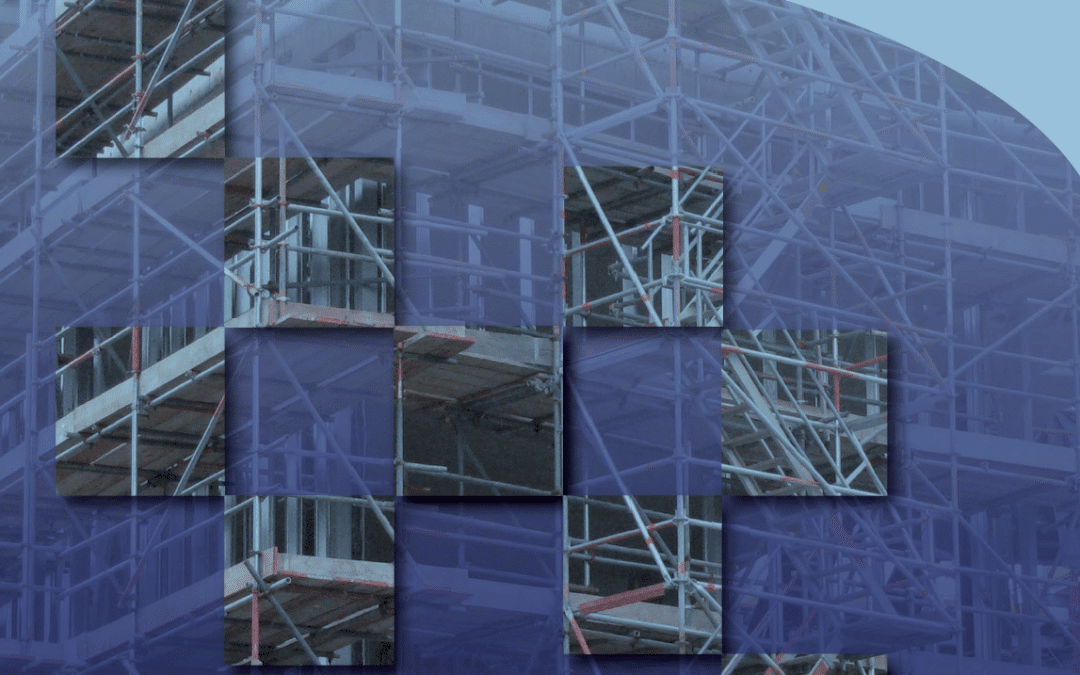Scaffold modification can be risky, particularly if carried out by persons without adequate experience and competence. Such modifications can lead to instability and an increased risk of persons falling from the scaffold.
Scaffold Users
A scaffold should not be used unless it is properly constructed and is suitable for the purpose for which it is required.
Where the scaffolding exceeds 2m in height, each contractor (including subcontractors and the self-employed) should be satisfied that the scaffold has been inspected by a competent person within the previous 7 days and should, therefore, ask to see the report of the inspection.
Users (including contractors and workers) who discover a serious defect in a scaffold, which may adversely affect their or another’s safety, should stop using that scaffold and report the defect to the site management.
Users should:
- be provided with relevant information on the conditions of use of the scaffold, including the loading capacity of the scaffold, in a comprehensible form;
- not overload the scaffold either locally or in general;
- not interfere with or misuse the scaffold;
- promptly report defects in the scaffold to whoever is in control of the scaffold; and
- not leave a scaffold in a hazardous condition for current or subsequent users.
Modification of Scaffolds
Uncontrolled modification of a scaffold, particularly if carried out by persons without adequate competence, can lead to instability and an increased risk of persons falling from the scaffold. Modifications to ties, bracing, ledgers, transoms and decking should be identified, requested and made in good time.
Only competent persons who have been trained and are experienced in this kind of work may make modifications to scaffolds.
A sufficient number of competent scaffolders should be available to ensure that modifications are made in good time.
Guard-rails and toe-boards in a single bay may be temporarily removed by persons who have been appropriately instructed in the safe means of removing and replacing the guard-rail. Such persons should be instructed about the legal requirement to remain in attendance at the location of the removed guard-rail or toe-board until it has been replaced.
Maintenance of Scaffolds
The scaffold should be maintained in a safe condition for the entire period of its use.
Inspection Before and During Use
Scaffolds should be inspected before use and again at least every 7 days and after any circumstance that might affect the stability or safety of the scaffold. Such circumstances include:
- modification;
- period without use;
- exposure to bad weather; and
- damage, including the impact of traffic or site equipment with the scaffold.
Here at KB Scaffolding LTD we pride ourselves about the service quality we provide to our customers. Click below for a free estimate/advice from one of the most experienced scaffolding companies in London and beyond.

